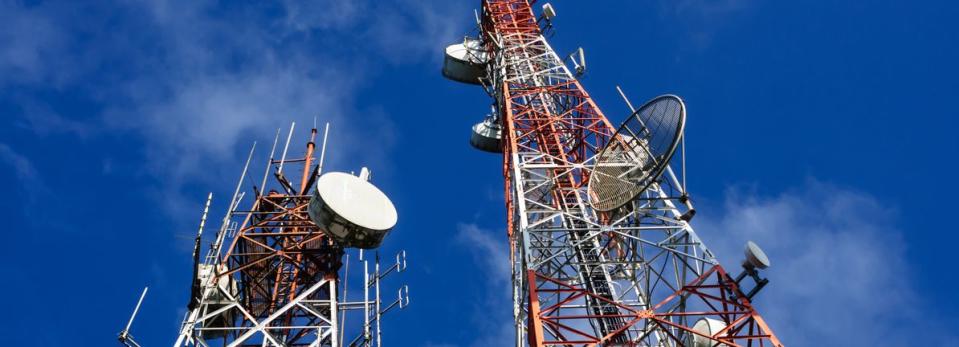How Do China Tower Corporation Limited’s (HKG:788) Returns Compare To Its Industry?

Want to participate in a research study? Help shape the future of investing tools and earn a $60 gift card!
Today we'll look at China Tower Corporation Limited (HKG:788) and reflect on its potential as an investment. Specifically, we'll consider its Return On Capital Employed (ROCE), since that will give us an insight into how efficiently the business can generate profits from the capital it requires.
First of all, we'll work out how to calculate ROCE. Next, we'll compare it to others in its industry. Then we'll determine how its current liabilities are affecting its ROCE.
What is Return On Capital Employed (ROCE)?
ROCE is a metric for evaluating how much pre-tax income (in percentage terms) a company earns on the capital invested in its business. In general, businesses with a higher ROCE are usually better quality. Ultimately, it is a useful but imperfect metric. Renowned investment researcher Michael Mauboussin has suggested that a high ROCE can indicate that 'one dollar invested in the company generates value of more than one dollar'.
How Do You Calculate Return On Capital Employed?
The formula for calculating the return on capital employed is:
Return on Capital Employed = Earnings Before Interest and Tax (EBIT) ÷ (Total Assets - Current Liabilities)
Or for China Tower:
0.049 = CN¥9.9b ÷ (CN¥315b - CN¥115b) (Based on the trailing twelve months to December 2018.)
So, China Tower has an ROCE of 4.9%.
Check out our latest analysis for China Tower
Does China Tower Have A Good ROCE?
ROCE is commonly used for comparing the performance of similar businesses. Using our data, China Tower's ROCE appears to be significantly below the 8.7% average in the Telecom industry. This could be seen as a negative, as it suggests some competitors may be employing their capital more efficiently. Regardless of how China Tower stacks up against its industry, its ROCE in absolute terms is quite low (especially compared to a bank account). It is likely that there are more attractive prospects out there.
China Tower reported an ROCE of 4.9% -- better than 3 years ago, when the company didn't make a profit. That suggests the business has returned to profitability.
When considering this metric, keep in mind that it is backwards looking, and not necessarily predictive. ROCE can be misleading for companies in cyclical industries, with returns looking impressive during the boom times, but very weak during the busts. ROCE is, after all, simply a snap shot of a single year. Since the future is so important for investors, you should check out our free report on analyst forecasts for China Tower.
Do China Tower's Current Liabilities Skew Its ROCE?
Current liabilities are short term bills and invoices that need to be paid in 12 months or less. The ROCE equation subtracts current liabilities from capital employed, so a company with a lot of current liabilities appears to have less capital employed, and a higher ROCE than otherwise. To check the impact of this, we calculate if a company has high current liabilities relative to its total assets.
China Tower has total liabilities of CN¥115b and total assets of CN¥315b. As a result, its current liabilities are equal to approximately 36% of its total assets. China Tower has a medium level of current liabilities (boosting the ROCE somewhat), and a low ROCE.
What We Can Learn From China Tower's ROCE
So researching other companies may be a better use of your time. You might be able to find a better buy than China Tower. If you want a selection of possible winners, check out this free list of interesting companies that trade on a P/E below 20 (but have proven they can grow earnings).
I will like China Tower better if I see some big insider buys. While we wait, check out this free list of growing companies with considerable, recent, insider buying.
We aim to bring you long-term focused research analysis driven by fundamental data. Note that our analysis may not factor in the latest price-sensitive company announcements or qualitative material.
If you spot an error that warrants correction, please contact the editor at editorial-team@simplywallst.com. This article by Simply Wall St is general in nature. It does not constitute a recommendation to buy or sell any stock, and does not take account of your objectives, or your financial situation. Simply Wall St has no position in the stocks mentioned. Thank you for reading.

